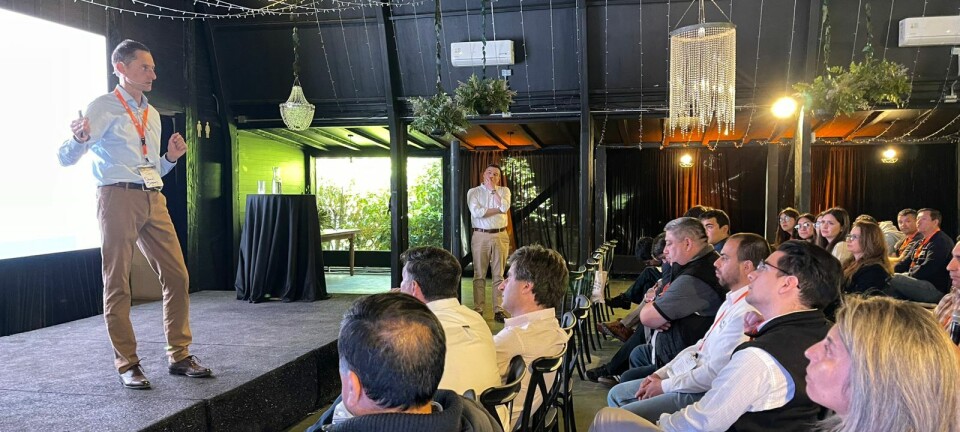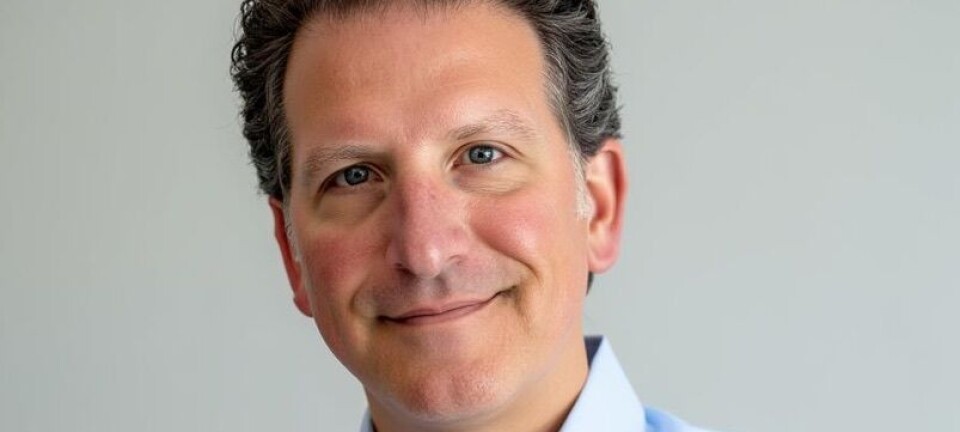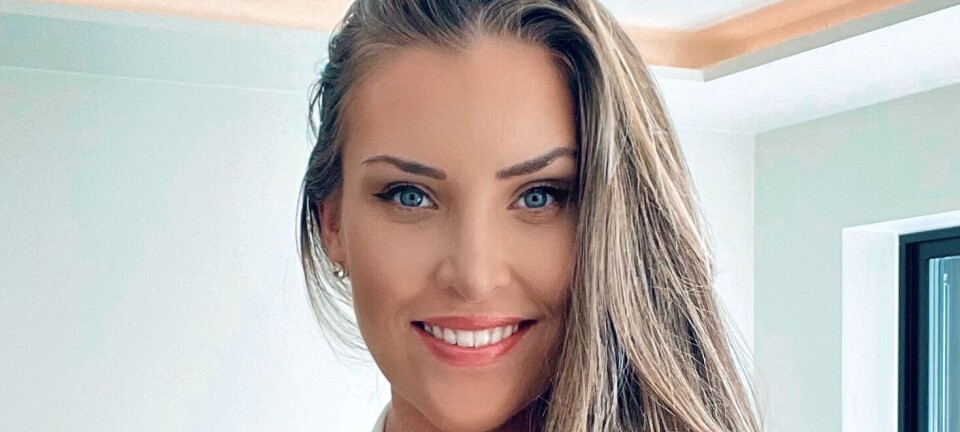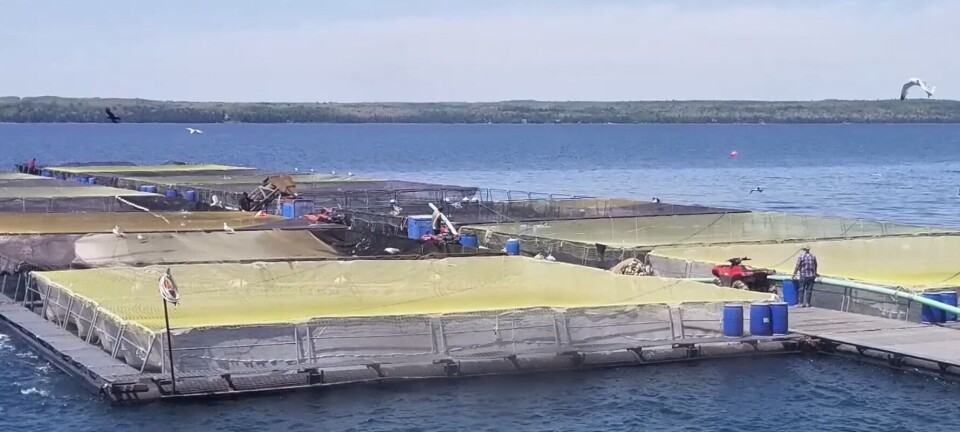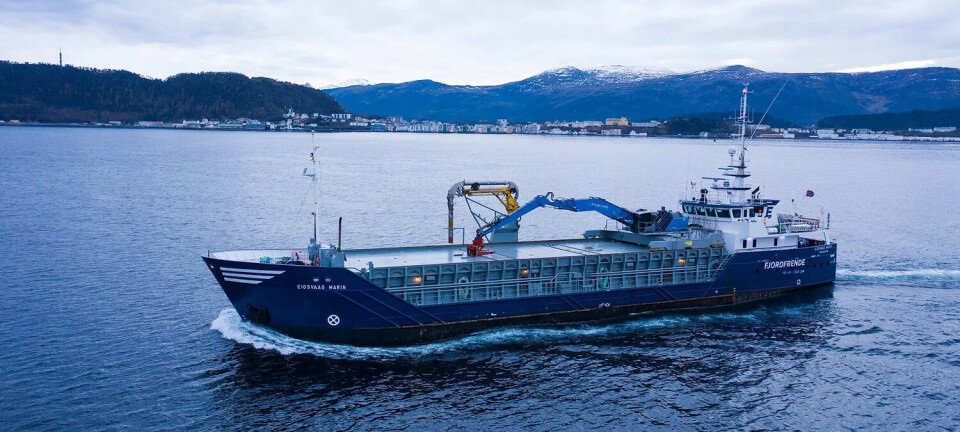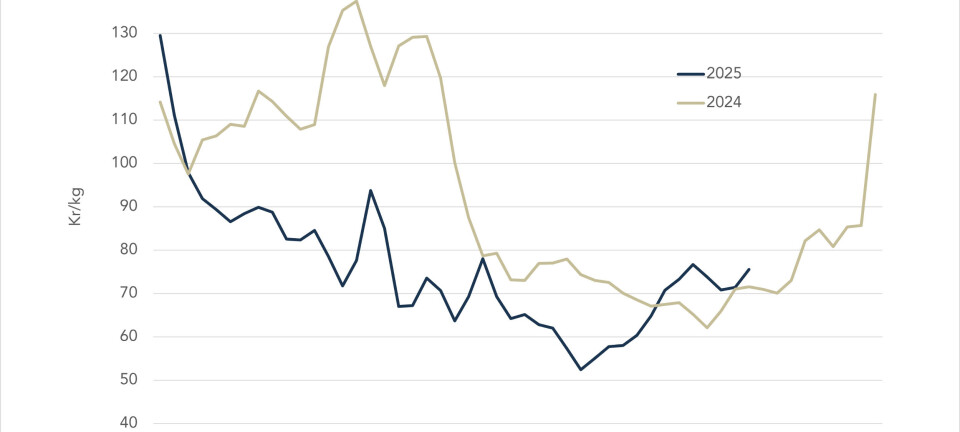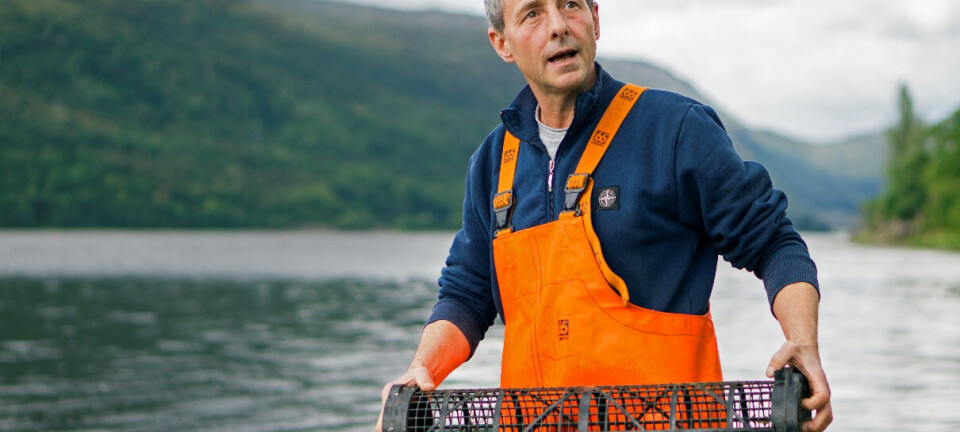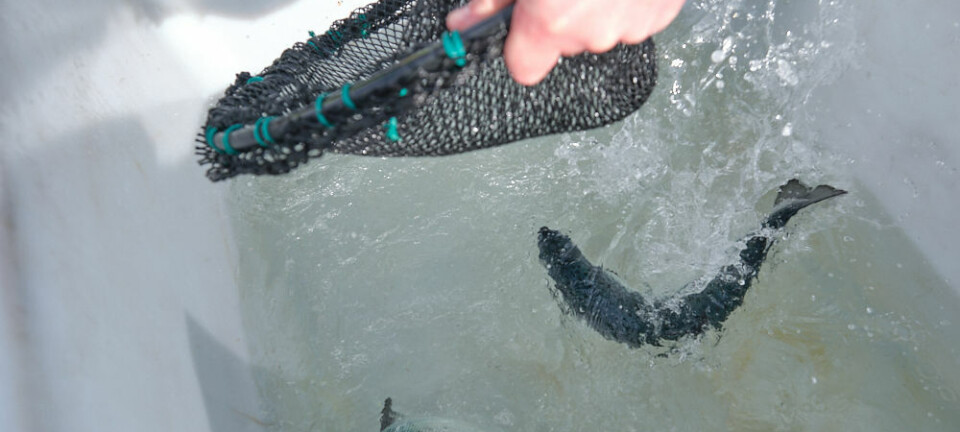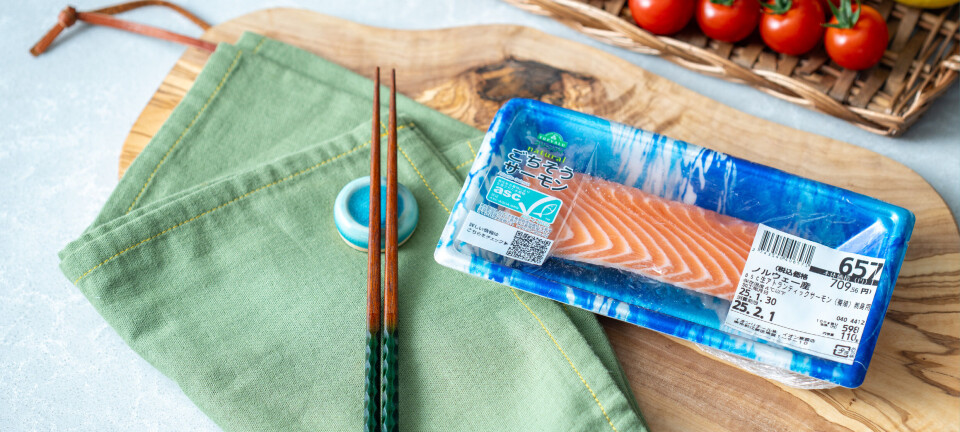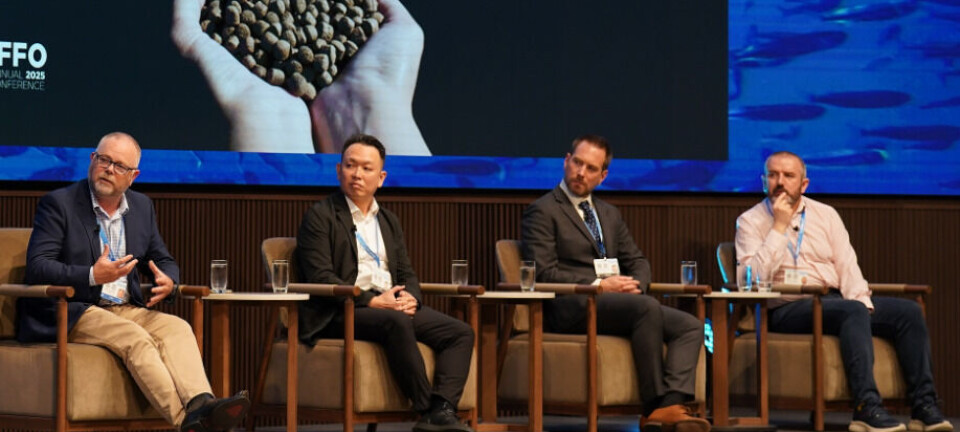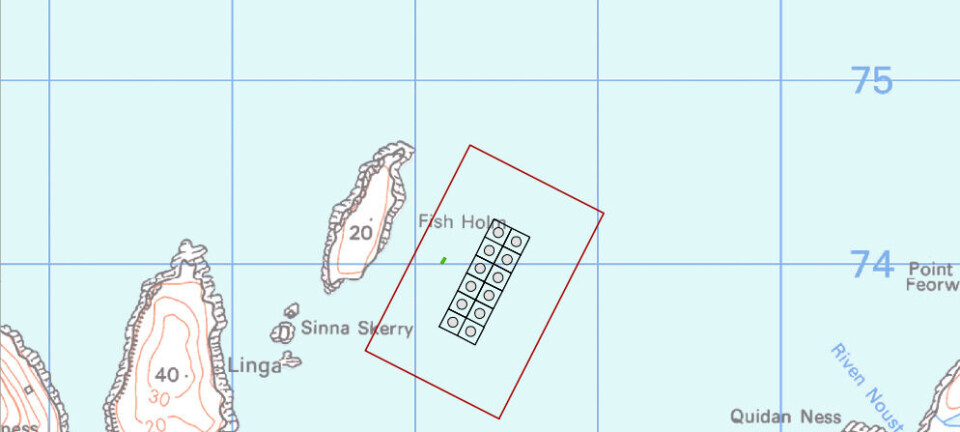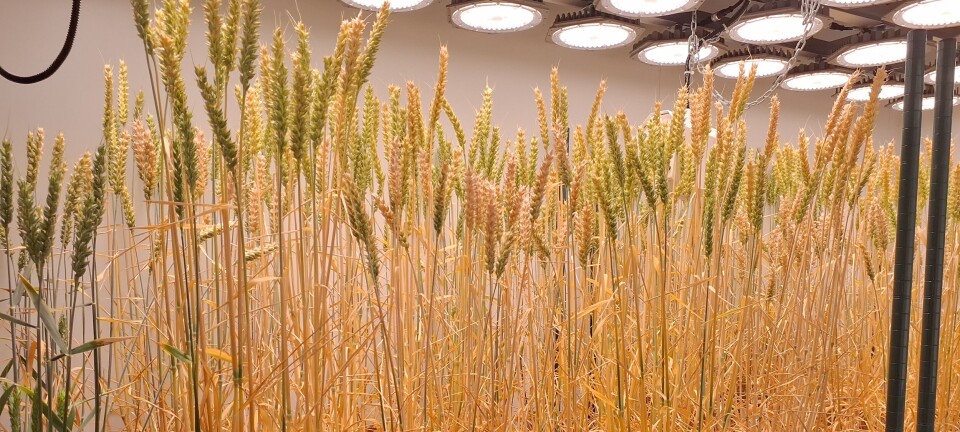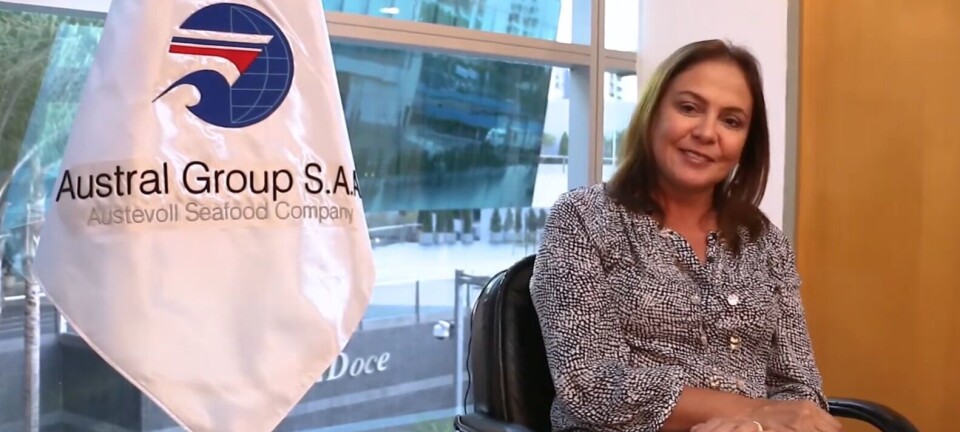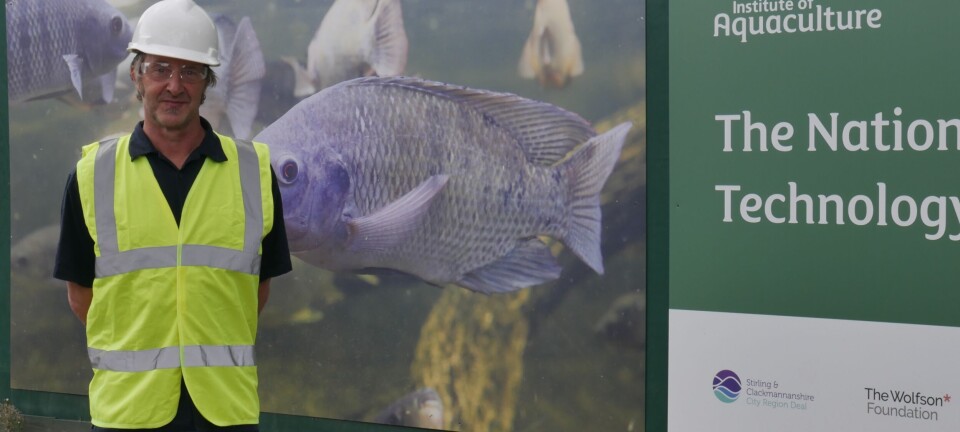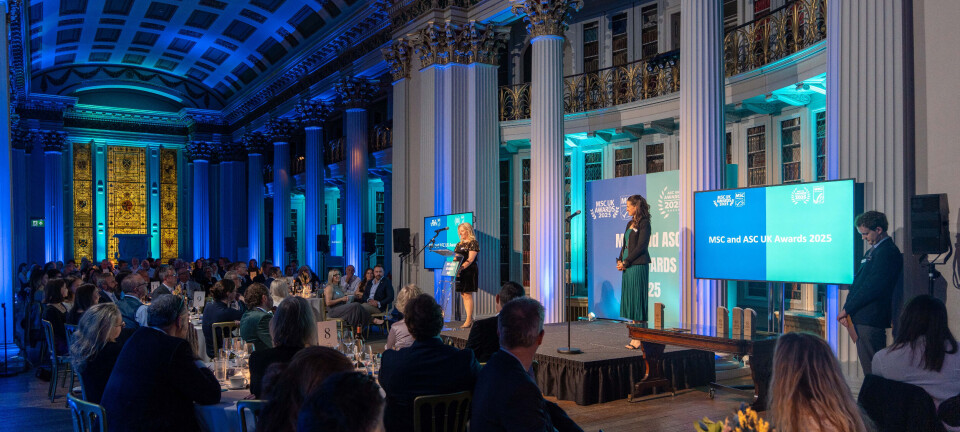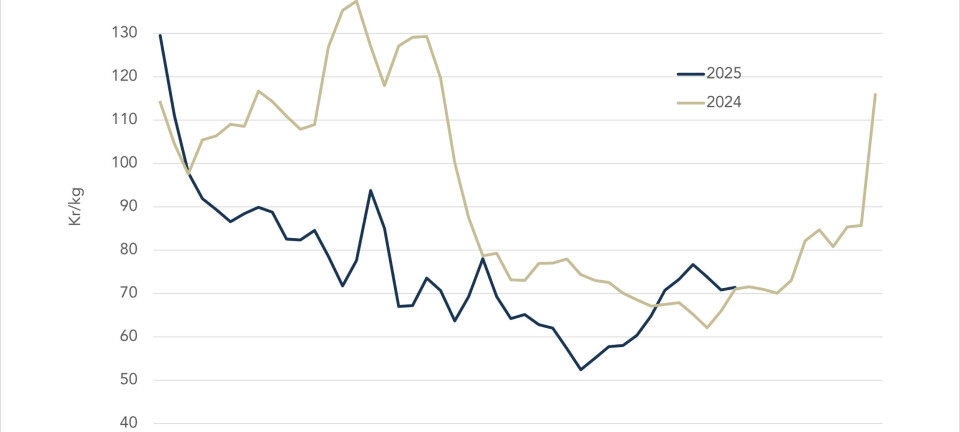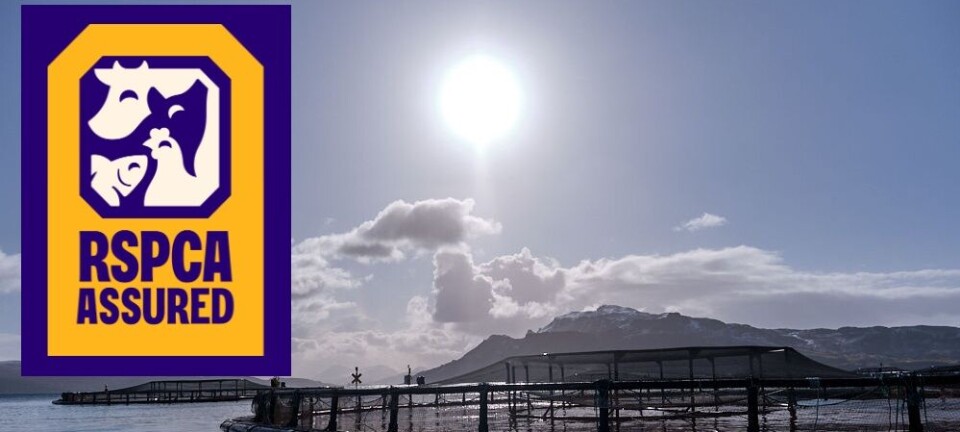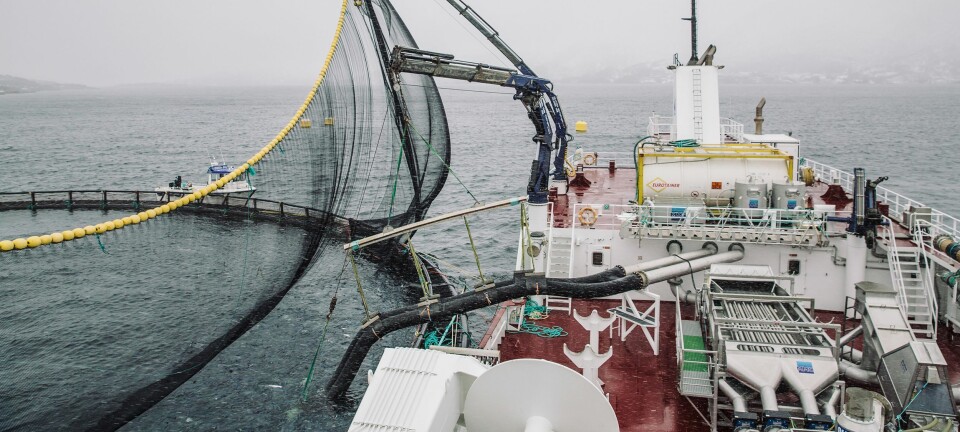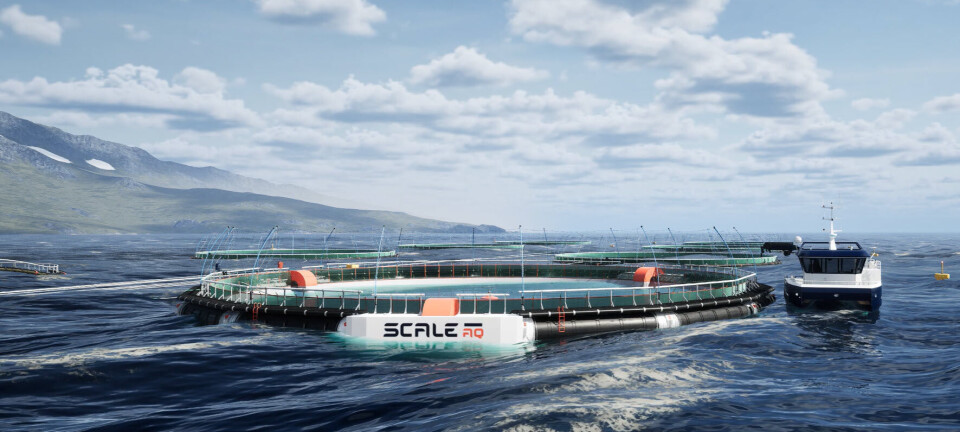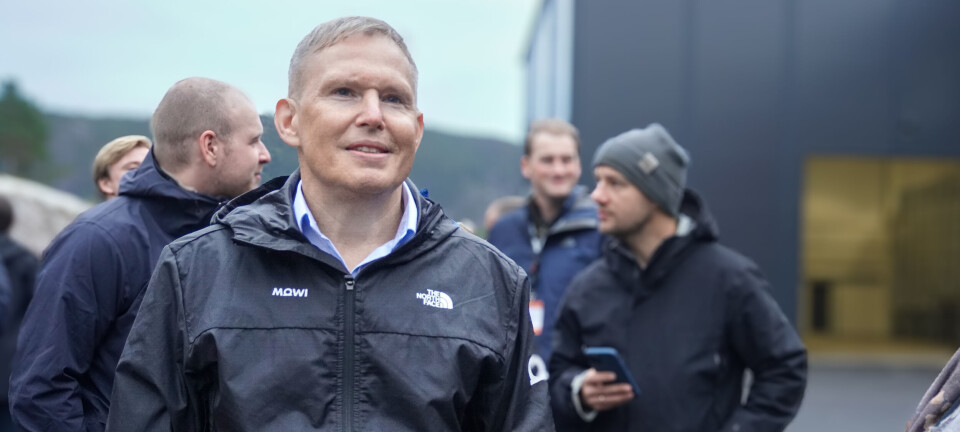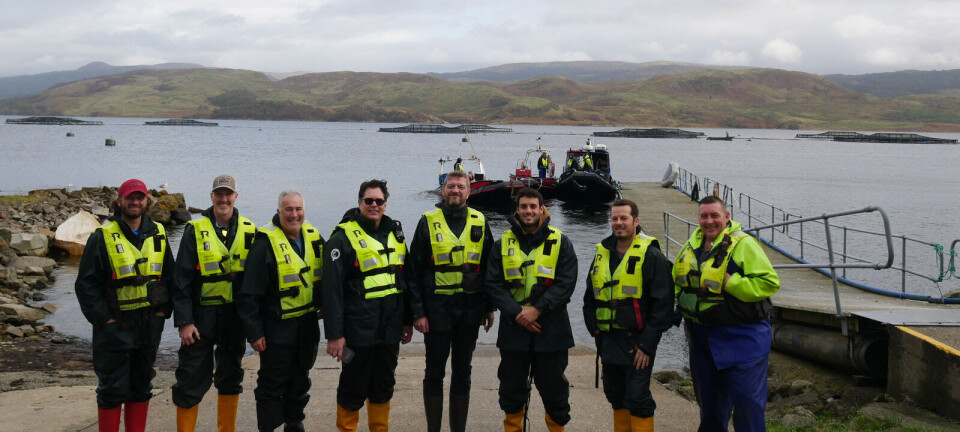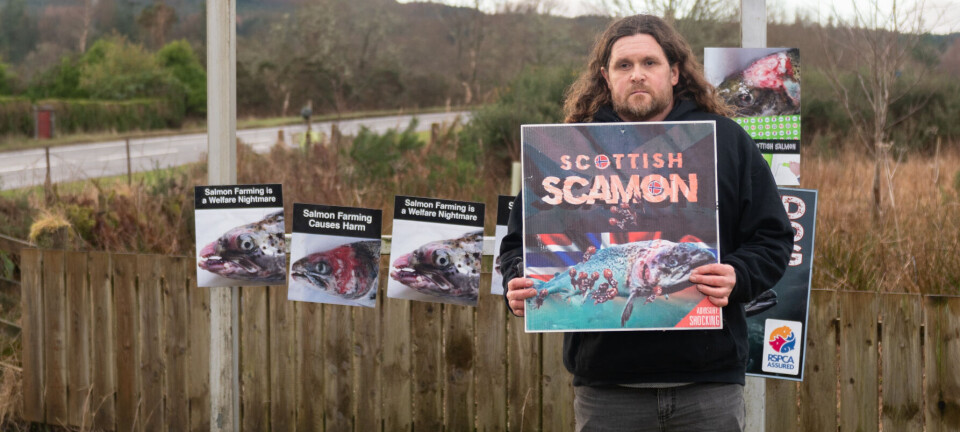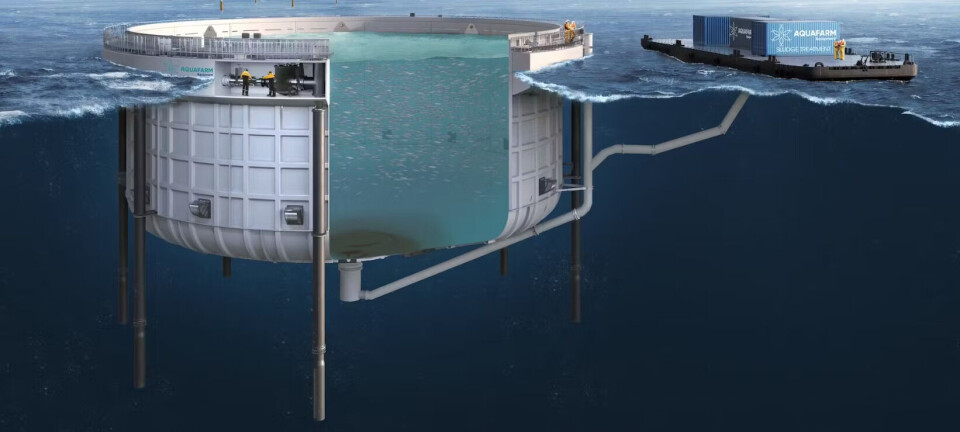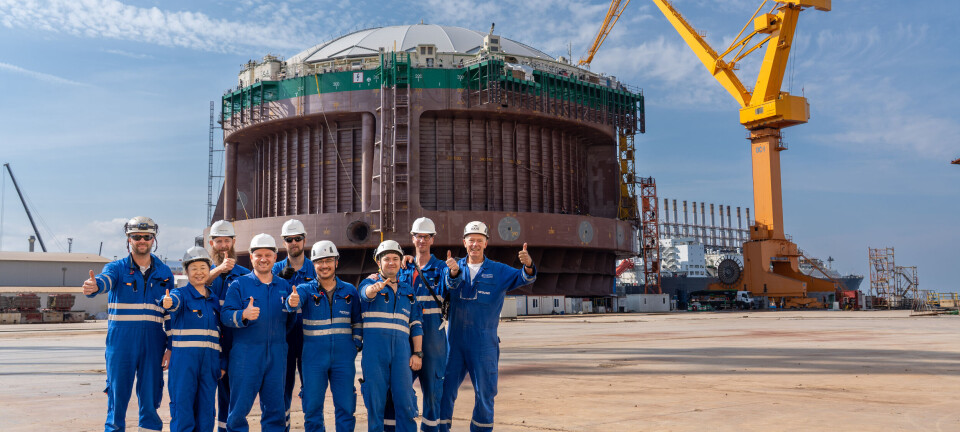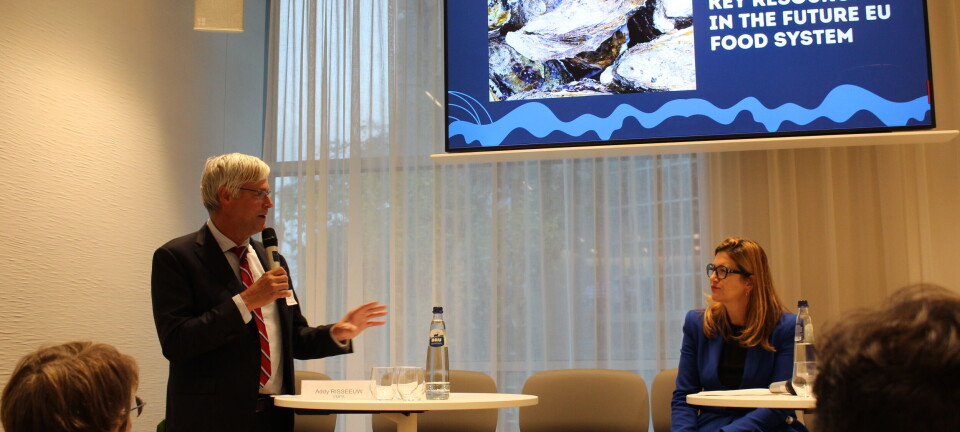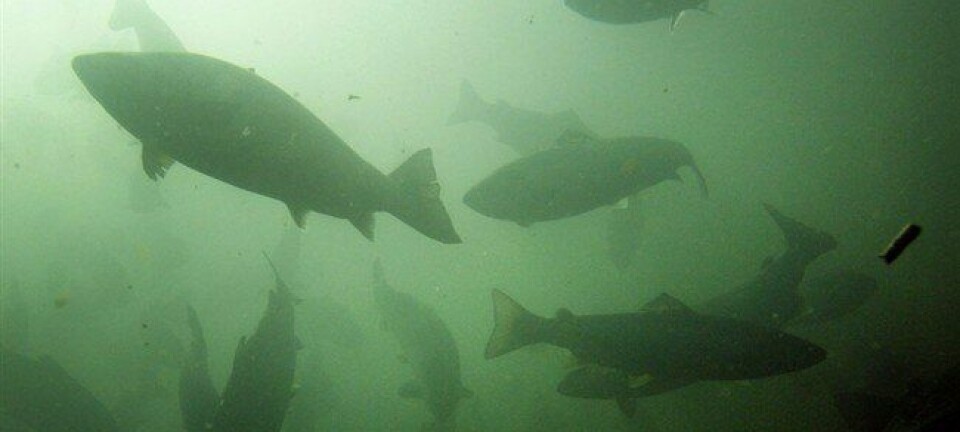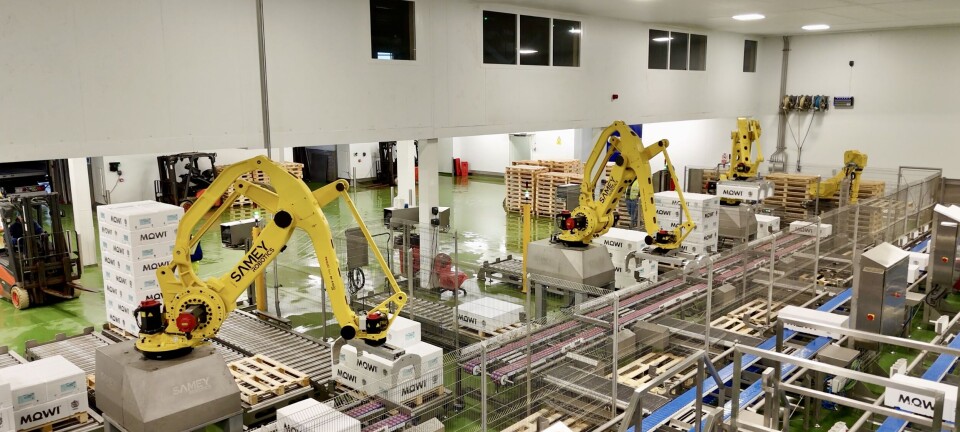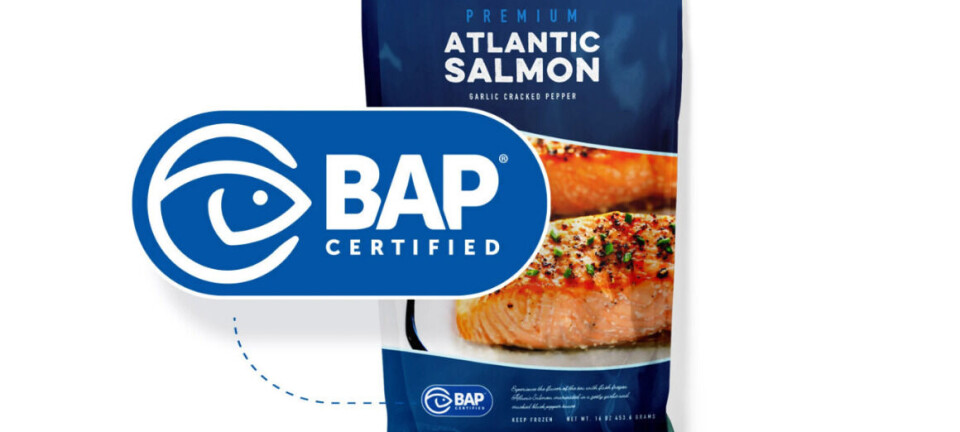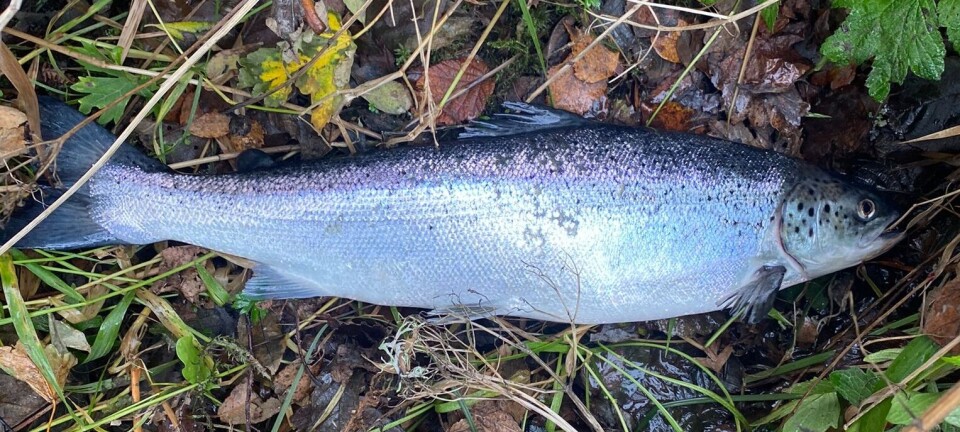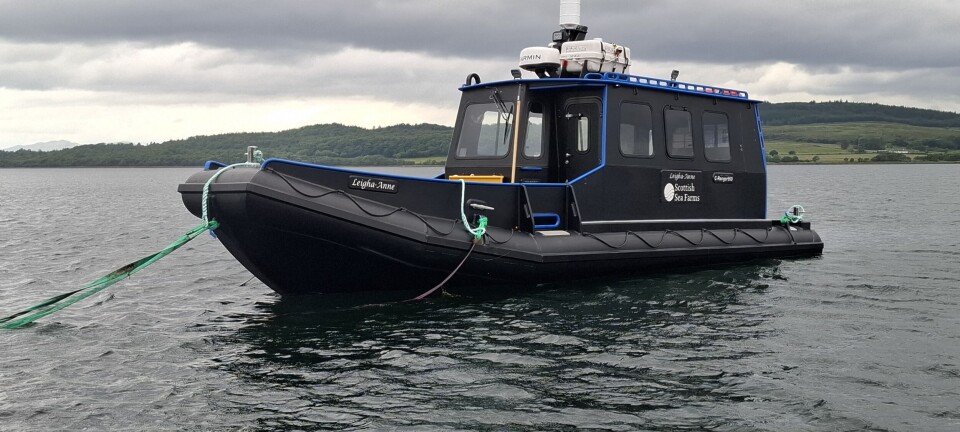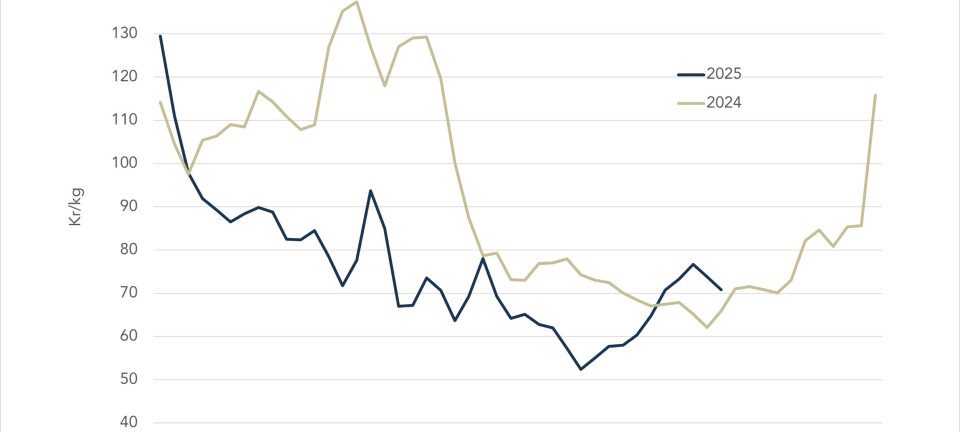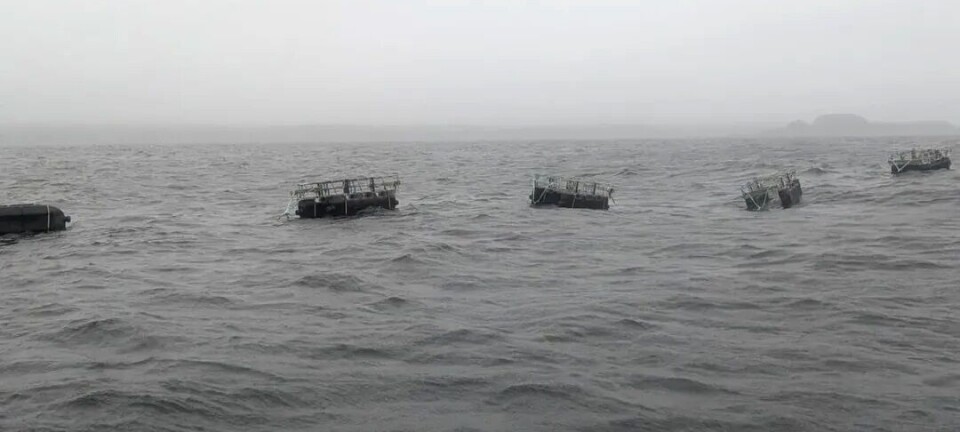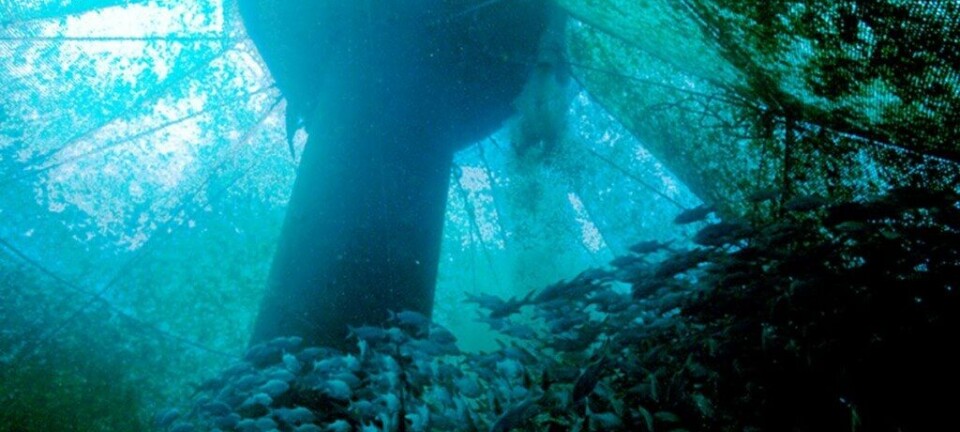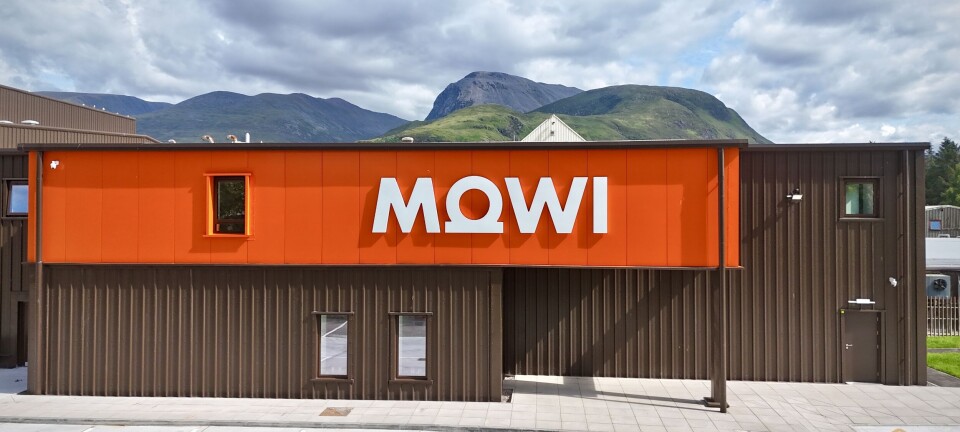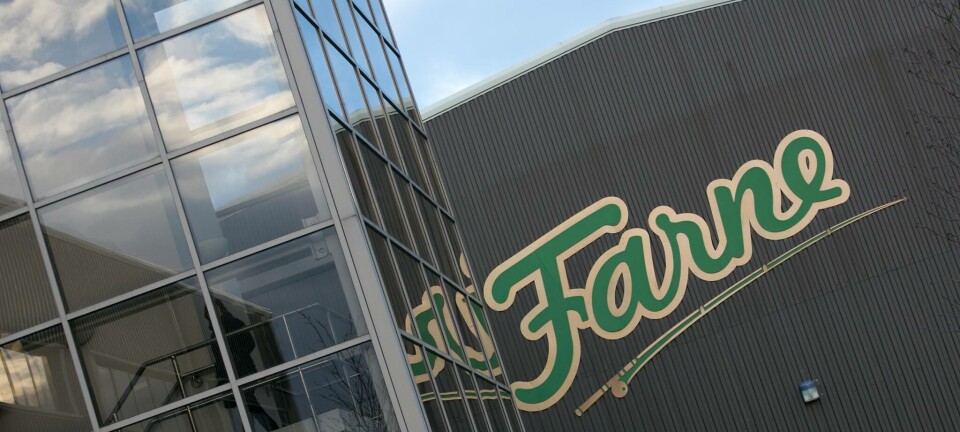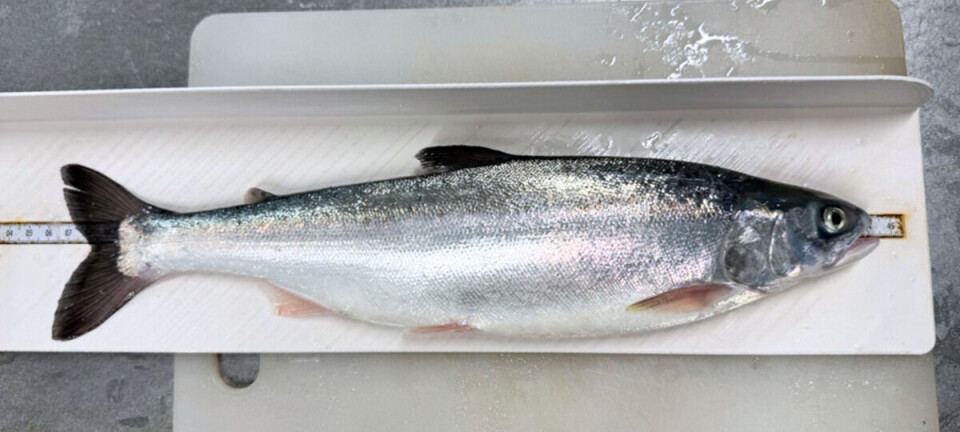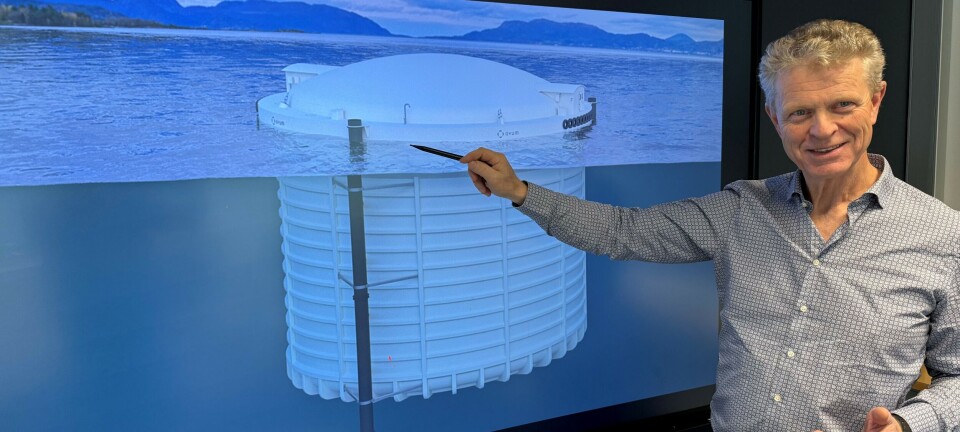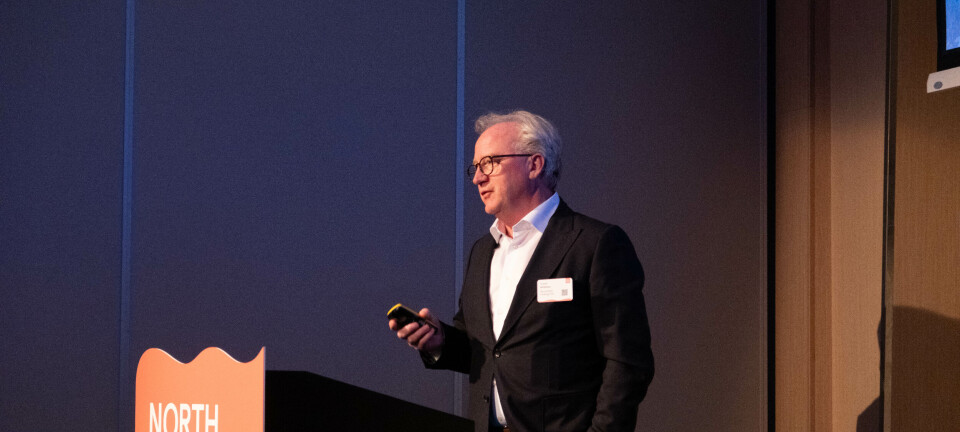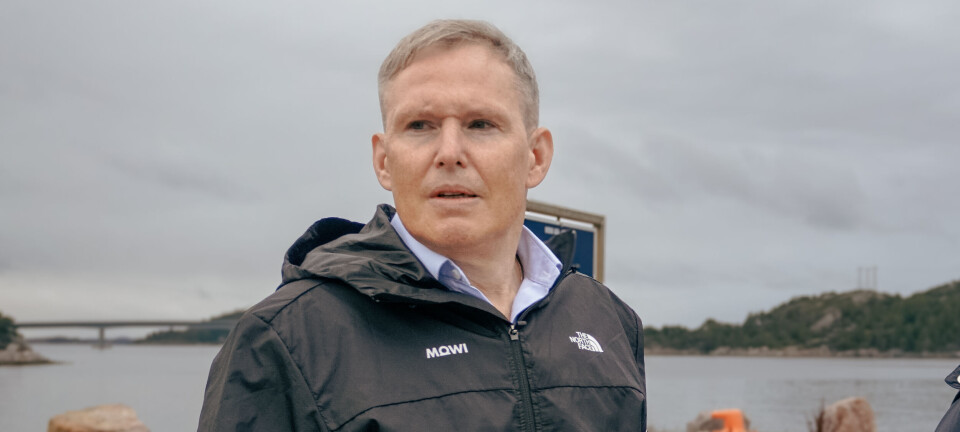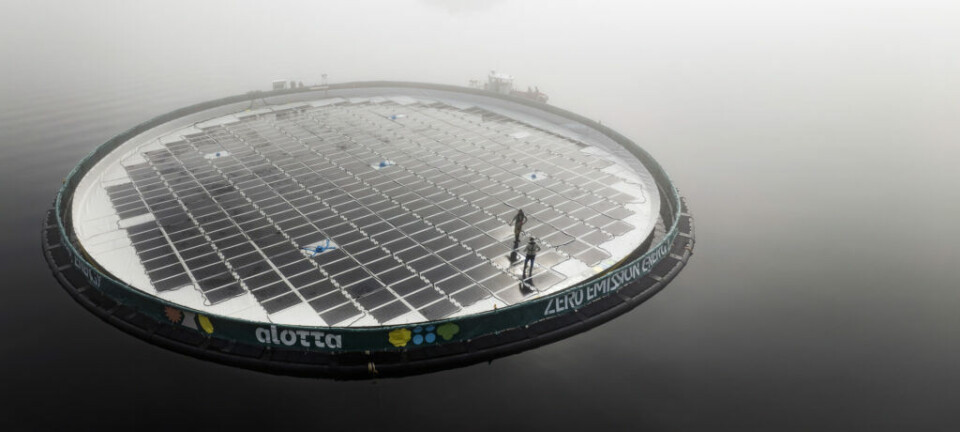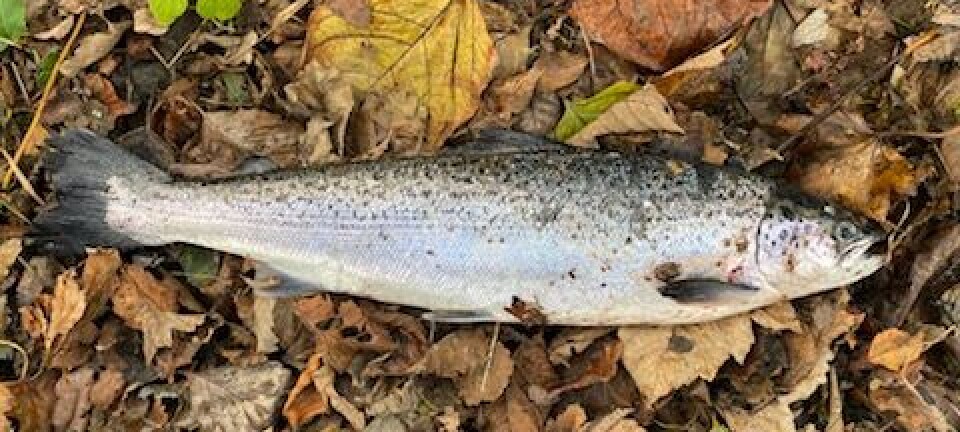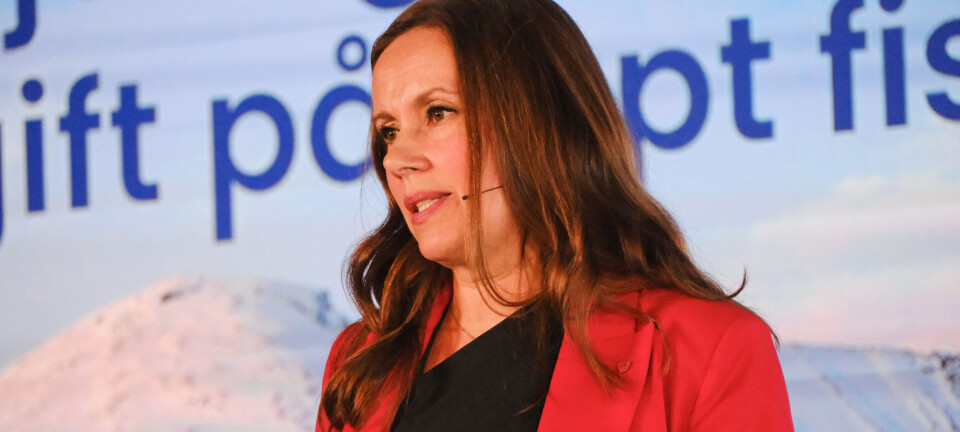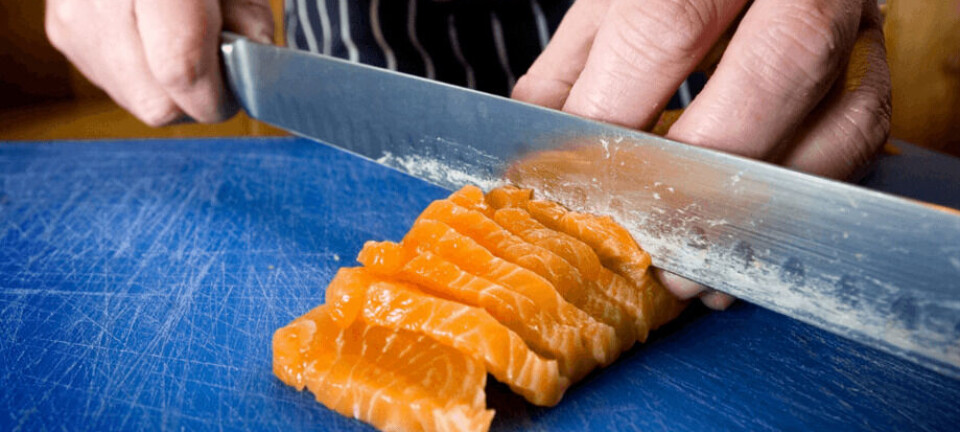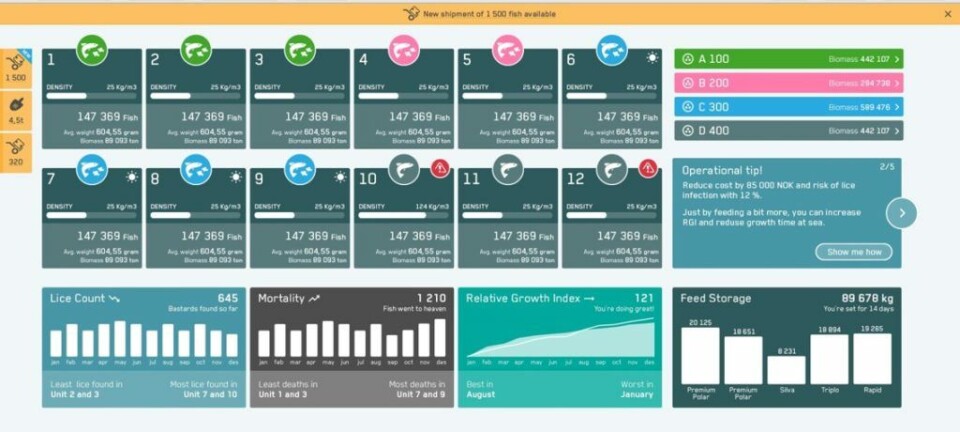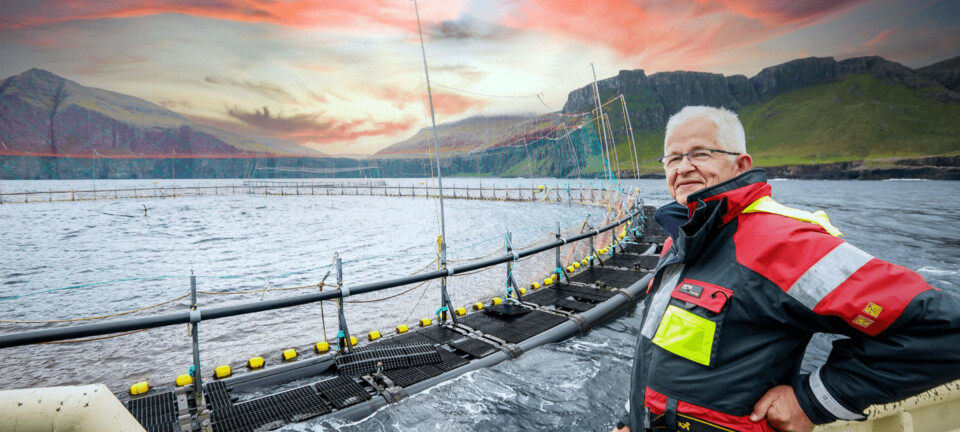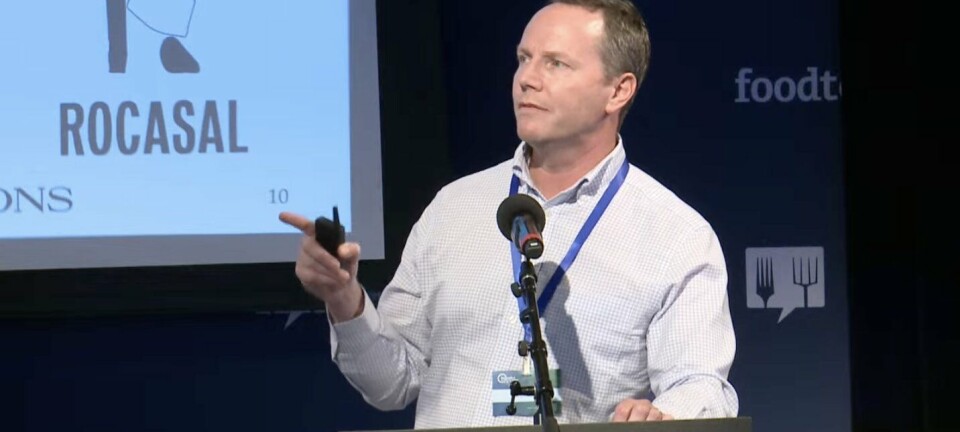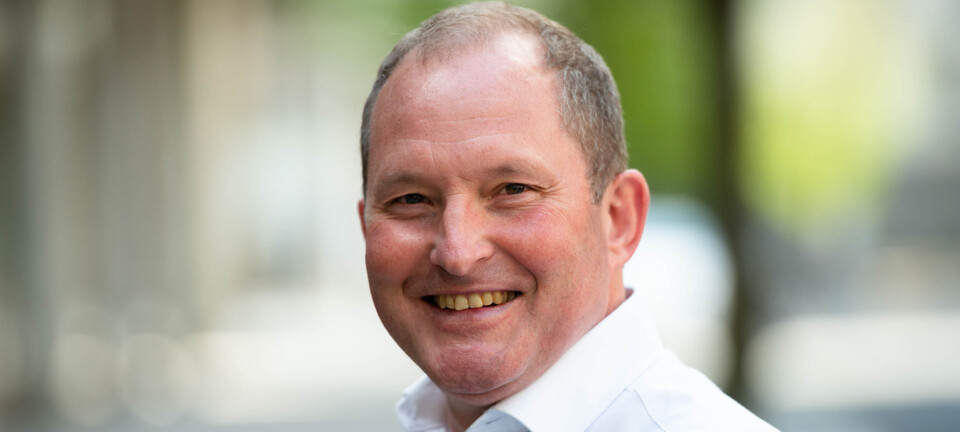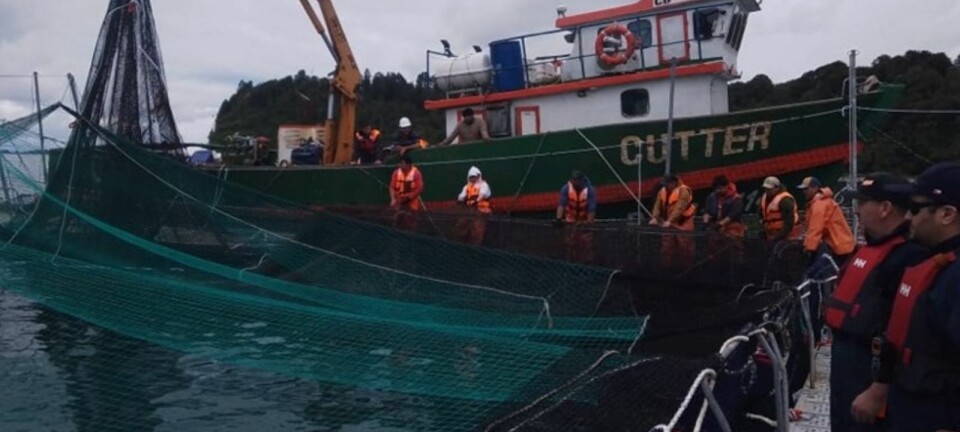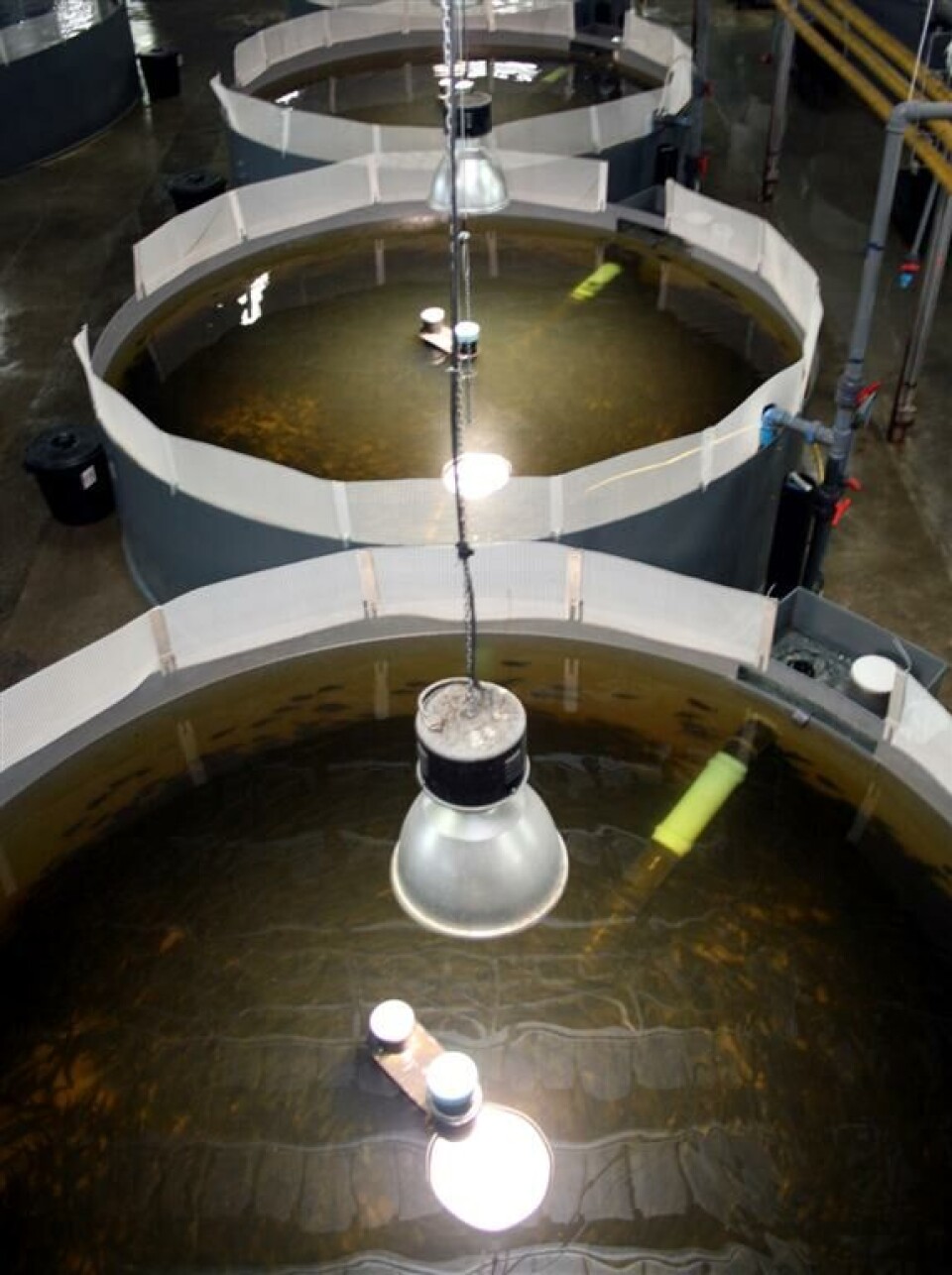
Recirculating aquaculture systems reviewed
About 120 people filled the workshop venue at a Vancouver Island golf club in the latest of a series of annual meetings designed around the developing technology of raising fish in recirculating aquaculture systems (RAS). Organized by Tides Canada and the US-based Gordon and Betty Moore philanthropic foundation, the meeting attracted participants from academia, governments, the conventional aquaculture industry and the environmental sector. Another key player in the planning of the workshop was The Conservation Fund’s Freshwater Institute (TCFFI) which is conducting research into the production of salmon and trout in fresh water at a facility in Virginia.
During the first day of presentations, delegates heard from a number of RAS projects that are either in operation or in the planning stages. Dr. Steven Summerfelt from the TCFFI opened the presentations by mentioning that more than a dozen new RAS systems are currently in the works worldwide, with more Atlantic salmon going to markets from these facilities in 2013. He said that there is much misinformation circulating around the various issues surrounding the use of RAS technology, and that the main purpose of the workshop was to share information between interested parties. He has written a book on the subject of recirculation in aquaculture, and he spoke about his facility’s research and experimentation with the production of Atlantic salmon to harvest size in high density conditions using fresh water.
Local fish farmer Steve Atkinson told the audience of his family-based operation that is building a tank farm for the production of “steelhead salmon” (large rainbow trout) near Nanaimo on Vancouver Island. Plans include the stocking of some 9,100 fish at about 20 gram each every 8th week, resulting in the harvest of about 1,900 Kg of 2 Kg fish every week once in full production, using 99.4% recirculation and a maximum density of 80 Kg/m3.
Garry Ullstrom, Senior Financial Officer with the Namgis First Nation on northern Vancouver Island informed the meeting about the Band’s construction of a RAS facility near Port McNeill for the production of Atlantic salmon in slightly saline fresh water. Some 470 tonnes of salmon is planned to be harvested annually, using densities up to 90 Kg/m3. The project, which is envisioned to be a pilot module that eventually will be expanded by another four similar sections, is expected to cost about CAD$ 9.5 million (~€ 7.5 million) to first harvest. The anticipated rate of return on investment is said to be about 20 per cent.
Jeremy Lee from Nova Scotia explained his Sustainable Blue project which plans to grow some 375-500 tonnes (depending on growth and maturation rates) of Atlantic salmon to a harvest weight of 3.5 – 4 Kg in about twelve months, using SAR technology and densities in excess of 50 Kg/m3. The company has no plans for the use of purge tanks in order to remove any off-flavour.
Jim Terry described the technology used by the Aquaseed SweetSpring Salmon operation in Washington State, where coho salmon is being produced for harvest in partial- recirculating fresh water. Some 181,000 Kg of ~3 Kg salmon is harvested annually, and sold to a Canadian grocery store chain.
Atlantic Sapphire is a Danish company with plans to produce 4,000 tonnes of Atlantic salmon in a land-based tank farm on the west coast of Denmark from its current production of about 1,000 tonnes at densities of around 85-100 Kg/m3. Thue Holm is the CEO of the company, and he told the audience that the first harvest of Atlantic salmon from their facility is expected to take place during the second quarter of 2013, after a purge period of about a week.
Frode Mathisen of Grieg Seafood in Norway rounded off the presentations with an explanation of the pursuit by some Norwegian salmon farmers and researchers of a method to use large, up to 1 Kg post-smolt for salt water entry, if regulators will allow for this production strategy. A couple of research projects are underway in Norway, using different kinds of production techniques. Mr. Mathisen was also a presenter during a two day workshop organized by the Nofima organization in Sunndalsøra in Norway last month, where this production strategy and accompanying technology was discussed.
FishfarmingXpert will have a more thorough report about the Canadian workshop in an upcoming version of its magazine.








